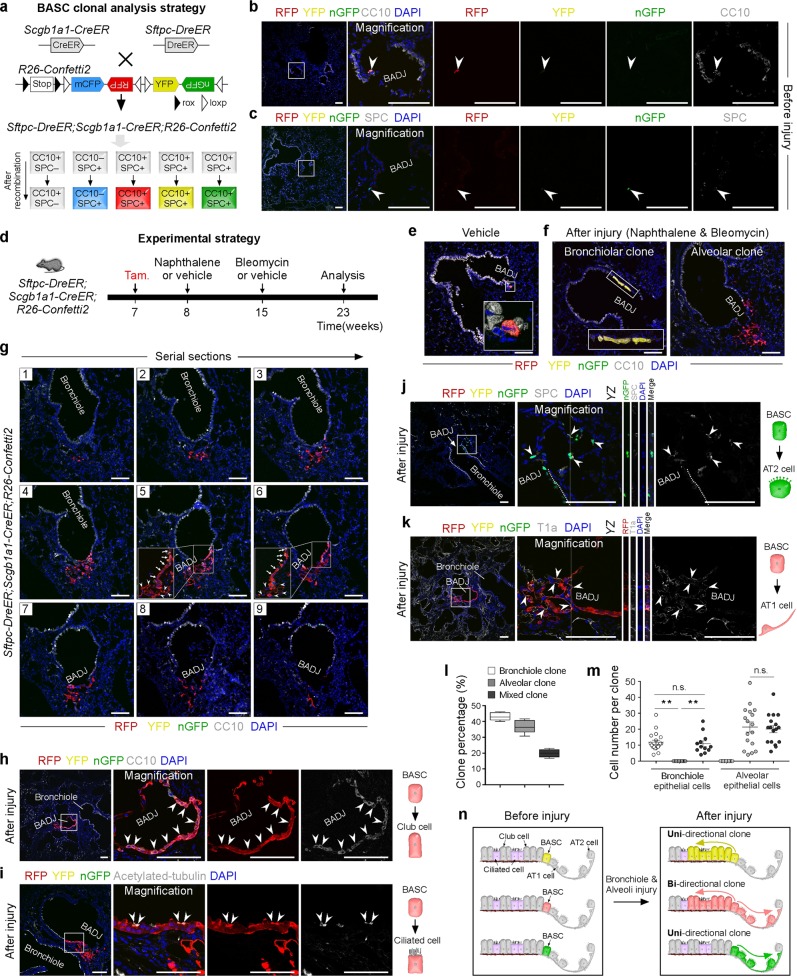Fig. 1. Identification of bi-directional potency of single BASCs for lung repair and regeneration.
a Schematic figure showing strategy for labeling of single BASCs. b, c Lung sections stained for CC10 (b) or SPC (c). d Schematic figure showing the double injuries induced by naphthalene and bleomycin. Vehicle is used as control. e Immunostaining for CC10 on lung sections after vehicle treatment. f Immunostaining for CC10 on lung sections after double injuries shows that single BASCs differentiate into bronchiolar clone (left) or alveolar clone (right). g Serial sections (1–9) of a bi-directional mixed clone shows both bronchiolar and alveolar epithelial cells derived from single BASCs. h–k Immunostaining for CC10 (h), acetylated-tubulin (i), SPC (j) or T1a (k) on lung sections containing bi-directional mixed clones. I Quantification of the percentage of three distinct types of clones in injured lung. m Quantification the cell number of three types of clones. Data are mean ± s.e.m.; *P < 0.01, n.s. non-significant (left P = 0.1145; right P = 0.7161); Two-tailed t test. n Cartoon image shows that single BASCs expand to three types of clones after lung injury. Scale bars, 100 μm. Each image is representative of five individual samples

